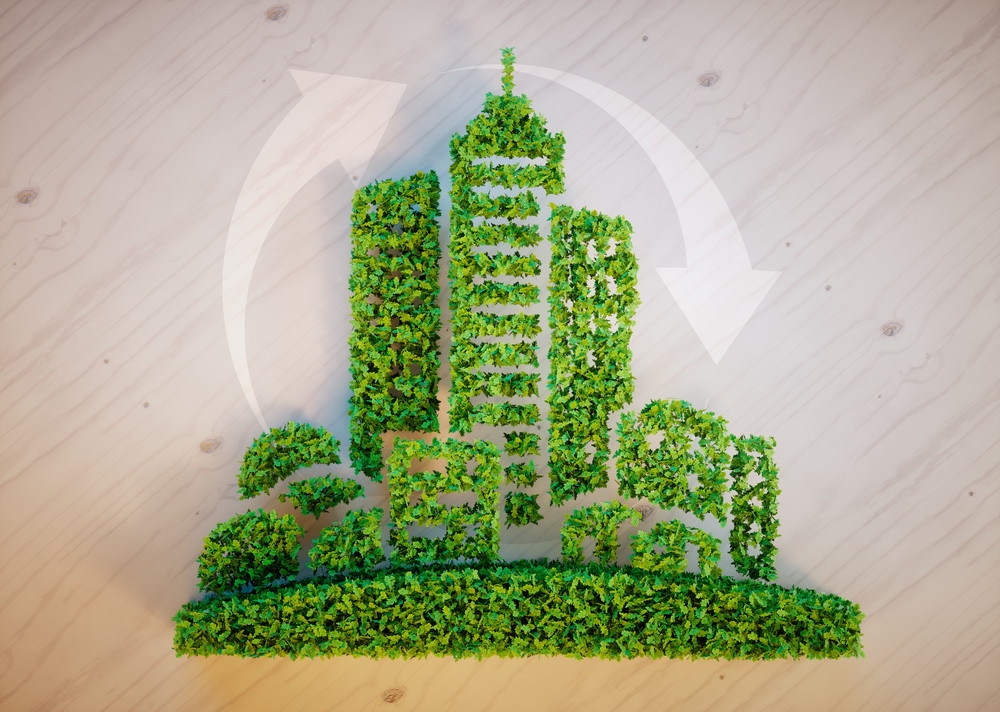
Importance of Sustainable Construction Practices
In an era where environmental concerns are at the forefront, adopting sustainable construction practices is not just a trend but a necessity. These practices aim to reduce the environmental impact of buildings throughout their life cycle—from planning and design to construction and operation. Here are key practices that contribute to a greener, more sustainable built environment:
1. Energy Efficiency
Utilizing energy-efficient designs and materials can significantly reduce energy consumption in buildings. Techniques include high-performance insulation, energy-efficient windows, and
smart technologies like automated lighting and HVAC systems to manage energy usage effectively.
2. Sustainable Materials
Choosing renewable, recyclable, or reclaimed materials helps reduce environmental degradation. Materials such as bamboo, recycled steel, reclaimed wood, and low-carbon concrete offer durability
and sustainability while minimizing the extraction of virgin resources.
3. Water Conservation
Water-efficient designs involve the use of low-flow fixtures, rainwater harvesting systems, and greywater recycling. These systems reduce overall water usage and ease the pressure on local
water supplies.
4. Waste Reduction
Construction and demolition waste can be minimized through careful planning, on-site sorting, and reuse or recycling of materials. Adopting deconstruction techniques instead of traditional
demolition allows materials to be salvaged and reused.
5. Site Selection and Management
Sustainable construction begins with smart site selection. Choosing locations that minimize environmental disruption, using native landscaping, and implementing erosion control measures help protect local
ecosystems and biodiversity.
6. Indoor Environmental Quality
Creating healthier indoor spaces involves natural ventilation, use of non-toxic materials (low-VOC paints and adhesives), and proper daylighting. These practices enhance air quality and occupant comfort in both residential and commercial buildings.
7. Green Certifications
Achieving certifications such as LEED, BREEAM, IGBC, or GRIHA demonstrates a commitment to sustainability. These certifications assess energy performance, material use, water efficiency, and more—adding
credibility and value to the building project.
Conclusion
By integrating these sustainable construction practices, builders and developers can significantly reduce the environmental impact of their projects. The construction industry plays a pivotal role in the
global push toward sustainability and can help build a healthier, more resilient planet for future generations. 🌱